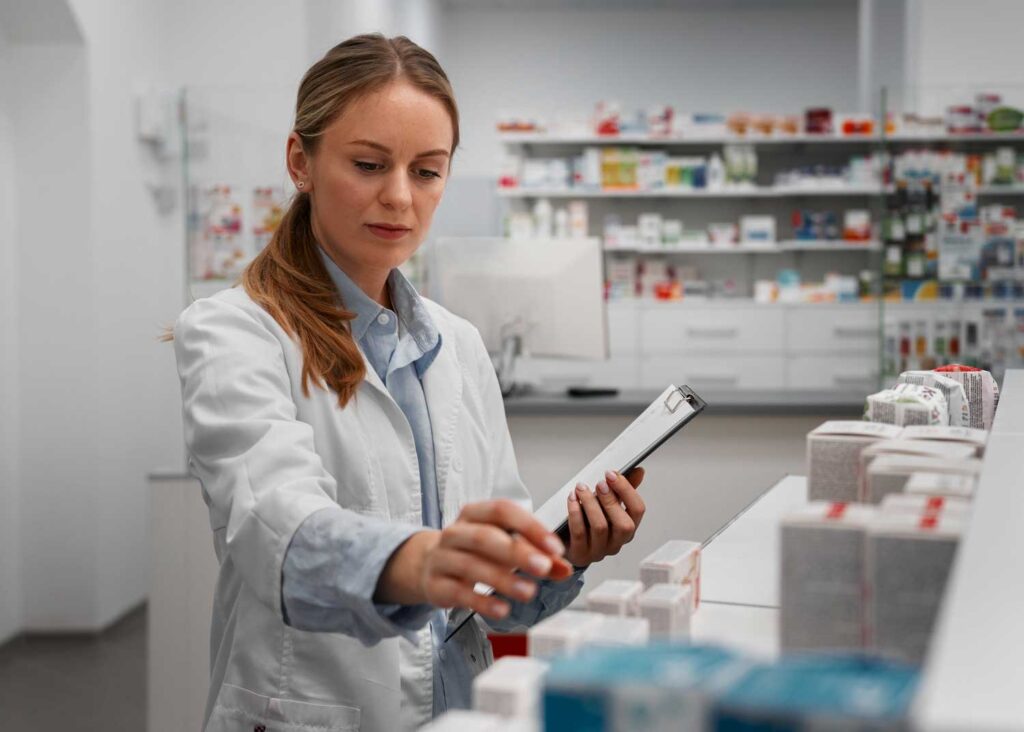
is always keen to get to know new medical equipment and pharmaceutical products. It is a complex and multifaceted process that requires a robust foundation of research and market analysis.
Close collaboration with scientists and universities is essential in this endeavor, as it fosters innovation, enhances the reliability of findings, and ensures that new products meet the highest standards of efficacy and safety.
Market surveys and research help identify gaps in the current healthcare landscape. By understanding the unmet needs of patients and healthcare providers, companies can focus their development efforts on creating solutions that address these specific challenges.
Research provides critical insights into the technical and commercial feasibility of new products. This includes evaluating the potential effectiveness of new medical equipment or pharmaceuticals, assessing the scalability of production processes, and estimating the likely market acceptance.
Understanding the regulatory environment is crucial for the successful development and launch of new medical products. Research helps navigate the complex web of regulations, ensuring that new products comply with local, national, and international standards.
Market surveys provide valuable data on existing products and emerging trends. This information helps companies position their new products effectively, highlighting unique features and advantages that differentiate them from competitors.
Universities and research institutions are hubs of innovation and expertise. Collaborating with these entities allows companies to leverage cutting-edge research, advanced technologies, and the specialized knowledge of leading scientists.
Universities and research institutions often have state-of-the-art laboratories and equipment that may not be available in private sector R&D facilities. Access to these resources can accelerate the development process and improve the quality of research outcomes.
Collaboration fosters an interdisciplinary approach to problem-solving. By bringing together experts from various fields such as biochemistry, pharmacology, engineering, and data science, companies can develop more comprehensive and innovative solutions.
Universities often have established relationships with hospitals and clinical research centers, facilitating the design and execution of clinical trials. This is crucial for testing the safety and efficacy of new medical equipment and pharmaceuticals in real-world settings.
Working closely with universities helps companies identify and recruit top talent. Engaging with students and researchers can lead to internships, collaborative projects, and eventual employment, ensuring a steady pipeline of skilled professionals.

A notable example of successful collaboration is the partnership between a leading medical device company and a top university’s biomedical engineering department. The joint effort led to the development of a groundbreaking minimally invasive surgical device. The university provided the foundational research and prototype development, while the company brought in industry expertise for scaling production and navigating regulatory approvals.
This partnership not only accelerated the product’s time-to-market but also ensured its success through rigorous testing and validation.
Research and market surveys are critical components in the development of new medical equipment and pharmaceutical products. Close cooperation with scientists and universities enhances these efforts by providing access to advanced research, interdisciplinary expertise, and state-of-the-art facilities. Such collaborations lead to innovative solutions that address unmet medical needs, comply with regulatory standards, and ultimately improve patient care.
As the healthcare landscape continues to evolve, fostering strong partnerships with academic institutions will remain a key strategy for driving scientific and commercial success in the medical industry.